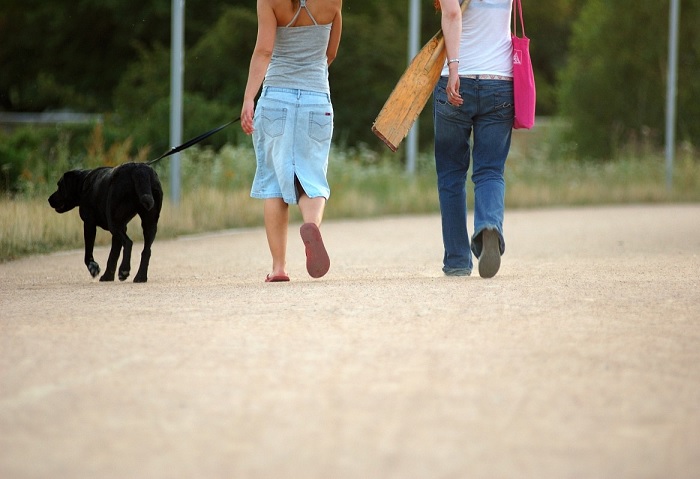Most of the present-day jobs ask us to sit for long and work. Especially during the Covid times, the nature of sitting-for-long has been increased. But health specialists warn that sitting for long is not good for health. Published in the monthly medical journal Jama Oncology, a study stated that there is a strong connection between not moving and leading a sedentary lifestyle, and death due to cancer. But, it also suggests that lifestyle changes can save a person, and with some restrictions still in place and many people working from home, it becomes imperative to bring these healthy changes in life.
If, instead of just sitting, we move for an additional 30 minutes every day, we may be able to reduce the risk of cancer by 31 per cent. Research lead author Dr Susan Gilchrist, an Associate Professor of Clinical Cancer Prevention at the MD Anderson Cancer Center at the University of Texas, was quoted as saying: “Our findings reinforce that it’s important to sit less and move more.” And understandably, a lot many people are busier than ever, what with many work commitments and pressing deadlines.

The study suggests that instead of a high-intensity workout, you can simply take a half-hour stroll when you are done with work, or in between, when you take a break. Even when you are home, if you have to attend phone calls, it is advisable that you walk around a bit while you talk. You are even advised to go up and down the stairs so as to keep fit and healthy.
Regarding the study, the movements of 8,000 people over the course of a week, were tracked between some years’ duration. After some years, the researchers found that those who were most inactive were 82 per cent more likely to have died from cancer, as opposed to those who were the least sedentary. It was also found that those who, instead of sitting down and working for long hours, engaged in some light exercises like walking and strolling, reduced their risk of getting cancer by eight per cent.
Only 8 per cent of those who managed to opt for at least a brisk walking had a risk factor, compared to the 82 per cent risk of the former category.
Brisk walking
Unlike other forms of exercises that require a lot of paraphernalia, walkers only need a pair of decent shoes to get going. Fast-paced walking can reward you in ways you had no idea about. It makes you break you into sweat and is considered to be one of the best cardio workouts. Also, you can do it any time of the day, and do not require a designated ‘workout time’. The idea is to quicken your pace and challenge your heart and lungs.

There is a lot of confusion as to what is considered brisk walking. Some people think walking at a speed that is slightly higher than normal is brisk walking. No. In order to understand this form of exercise, you need to target your heart rate. For a 30-year-old, the target should be 95–162 bpm which can classify your walk as brisk walk and heart rate higher than this would be vigorous work-out.
Brisk walking ensures you, burn calories and lose excess weight. Experts say that brisk walking can help lower the risk of heart diseases, provided it is done at least five days a week. It also helps with lowering the blood sugar level and improving mental health.




![The Top & Most Popular Seafood Bucket Restaurants in Dubai for you [Never Miss]](https://uae24x7.com/wp-content/uploads/2020/09/8-seafood-in-a-bucket-scaled-e1600739237403.jpg)
![Procedures for Renewing the Driving License in Abu Dhabi [3 Simple Steps]](https://uae24x7.com/wp-content/uploads/2020/07/Capture-9-e1595666454466.jpg)





